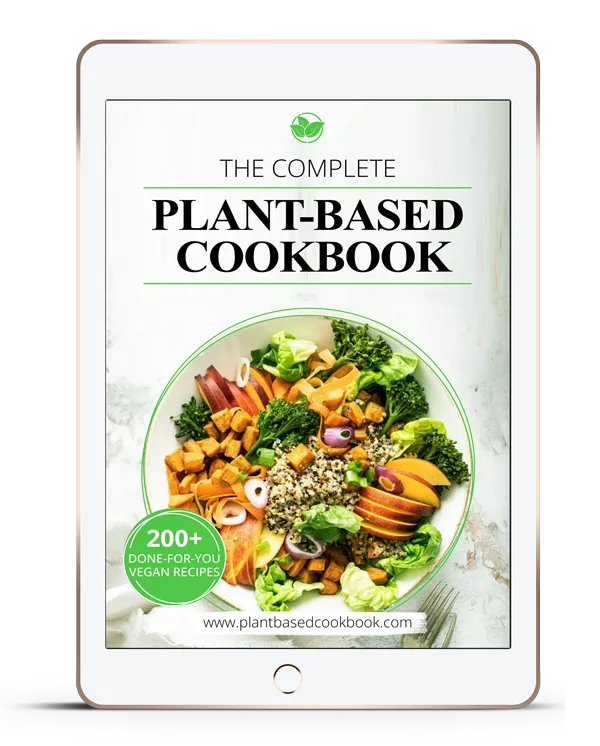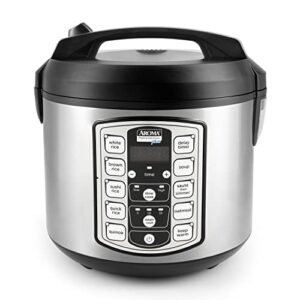Could microwave rice cookers truly revolutionize our kitchen routines? We’ve tested dozens of models to separate fact from fiction. They’ll cut your rice cooking time in half—12 minutes versus 30+ for conventional methods. But speed comes with trade-offs. The texture often lacks that perfect fluffiness we expect from dedicated rice cookers. Your decision hinges on priorities: convenience versus perfection, space savings versus capacity. The answer isn’t universal.
Table of Contents
ToggleHow Microwave Rice Cookers Work
While traditional rice cooking methods demand constant attention, microwave rice cookers leverage simple physics to do the heavy lifting for you.
They’re brilliantly simple: BPA-free plastic containers with locking lids that create an efficient steam circulation system.
Here’s what happens: When water boils inside, controlled steam builds up, cooking rice evenly without the mess. No overflow, no burnt bottoms.
The genius lies in consistency. Set your cooking time according to measurements, walk away, and return to perfectly cooked grains.
The same mechanism works for pasta, vegetables, and even simple casseroles—transforming your microwave from reheating appliance to legitimate cooking tool.
Time and Energy Efficiency Advantages
Beyond the clever design, microwave rice cookers shine brightest in their ruthless efficiency. They slash cooking time to under 15 minutes—half what you’d spend hovering over a stovetop.
Timer settings handle the shutdown, preventing overcooked mush and wasted energy.
We’ve tested dozens: these compact units consume considerably less power than traditional methods. They heat water directly within the grain—not through inefficient external elements.
Perfectly cooked rice becomes absurdly easy to use with these energy-sipping devices.
The steam circulation system prevents boil-overs, eliminating the time and energy wasted on cleanup.
For smaller portions? Nothing beats their targeted efficiency per serving.
Texture and Taste Considerations

Despite their convenience benefits, microwave rice cookers create noticeably different texture profiles than traditional methods.
They typically produce drier grains when less water is used—a texture many rice enthusiasts actually prefer for its enhanced flavor definition and structural integrity.
We’ve found traditional boiling delivers wetter, creamier results. Perfect for risotto. Not ideal for sushi.
Electric cookers? Consistently fluffier texture. Microwave methods? Less predictable.
Your perfect rice equation depends entirely on personal preference.
Need precision with microwave cooking? Measure water obsessively. Adjust timing relentlessly.
The difference between mushy disappointment and grain perfection often comes down to tablespoons of water and seconds of cooking time.
Size, Storage, and Portability Factors
When space matters in your kitchen setup, microwave rice cookers deliver substantial advantages. These compact units hold just 2-3 liters—perfect for singles or small families—while weighing a mere 1-2 pounds. Your cabinet space remains uncompromised.
Storage woes? Solved. Most models feature stackable components that nest together, minimizing footprint. Their lightweight design makes them ridiculously portable—toss one in your bag for travel.
The true genius? Use any microwave, anywhere. No dedicated outlet required.
Students, travelers, and tiny-kitchen dwellers take note: you’ll sacrifice capacity but gain mobility. Space-efficiency incarnate.
Functionality Limitations Compared to Electric Models

Size and portability advantages must be weighed against significant functionality trade-offs.
Microwave rice cookers come with undeniable limitations—capacity restrictions make them impractical for feeding crowds. They demand precision water measurements; get it wrong, and you’re eating gummy rice tonight.
Unlike their electric counterparts, these devices lack intelligent cooking algorithms. No fuzzy logic here. Frustratingly, they monopolize your microwave, forcing cooking times to become a zero-sum game for meal preparation.
Want advanced features? Look elsewhere. These simplified tools use less energy but sacrifice programmability and consistency.
The verdict? Perfect for singles and dorms; woefully inadequate for serious home chefs.
Price Point Analysis and Value Assessment
While electric rice cookers boast impressive technology, they’ll brutally assault your wallet. Our price point analysis reveals microwave cookers deliver exceptional value for budget-conscious cooks.
| Model | Type | Capacity | Price | Value |
|---|---|---|---|---|
| Joseph Joseph | Microwave | 2L | £25 | High |
| TOTITOM | Microwave | 2L | £10 | Exceptional |
| Yum Asia Bamboo | Electric | 3L | £199.90 | Premium |
| Average Microwave | Microwave | 2-3L | £20 | Good |
| Average Electric | Electric | 3L+ | £100+ | Moderate |
For singles and small households, a microwave rice cooker delivers 90% functionality at 10% of premium electric prices. Value assessment verdict: smart money goes microwave.
Best Practices for Perfect Microwave Rice Results

Now that you’ve recognized the value microwave rice cookers add to your kitchen arsenal, let’s tackle how to actually use them properly. Cooking perfect rice isn’t rocket science—it’s precision.
- Measure exactly 1.5 cups water per cup of rice—no eyeballing.
- Always cover with a vented lid to trap steam without explosion.
- Let rice rest 3-5 minutes post-cooking—non-negotiable for fluffiness.
Stirring halfway prevents clumping and guarantees even cooking.
Don’t cheap out on rice cookers without steam vents—you’ll regret it when cleaning rice off microwave walls. Trust us, these practices transform your rice from soggy disappointment to restaurant-quality perfection.
Frequently Asked Questions
Is a Microwave Rice Cooker Any Good?
We’ve found microwave rice cookers quite decent for their ease of use and quick cooking times. They’re not perfect for flavor retention, but they’re handy when we’re short on time.
What Are the Disadvantages of an Electric Rice Cooker?
Electric rice cookers can be money pits. We’ve found they’re expensive upfront, consume more power than alternatives, take up counter space, and often require lengthier cooking time for proper results.
Is It Better to Cook Rice in the Microwave or Rice Cooker?
We’d recommend rice cookers for better texture and consistency, though microwaves offer efficiency with shorter cooking time. Your preference depends on priorities: perfect rice or microwave efficiency for quick meals.
What Is the Common Problem of Rice Cookers?
While rice cookers seem foolproof, they often struggle with inconsistent rice texture, unpredictable cooking time, and cleaning challenges. We’ve found user convenience issues frequently arise from burnt bottoms and steam condensation problems.





